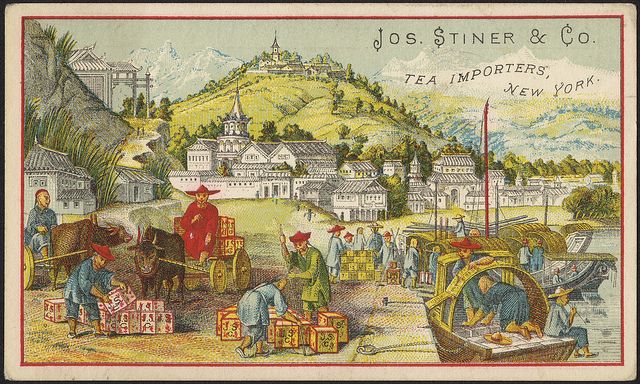
We often get the question of shipping labels when it comes to less than truckload freight. Does LTL use shipping labels? Can I print out my own less than truckload shipping label?
Though we don’t use the same sort of shipping labels that you’ll see with Fedex or UPS, we do have a couple alternatives in LTL shipping labels.
The first “shipping label” in LTL is the bill of lading. The BOL contains even more information than you’ll find on a standard shipping label. A good BOL will contain address information for pickup and delivery, weight, piece count, dimensions, and freight class.
You also might find carrier special instructions, purchase order numbers, and sale order numbers. A quality freight broker will supply you with a customized BOL, one that you’ll print out at home and give to the freight carrier at the time of pickup.
If you’re using a standard parcel shipping label like small package shipping, you’ll often get your tracking information on a receipt. In LTL, we have ways to track your freight as well. Except, we call it a PRO number.
PRO numbers are stickers placed on the freight, and are used to track shipments as they make their way in transit from terminal to terminal. You can track LTL freight through carrier websites, or by contacting carrier customer service departments. If you’re using a freight broker, they will often have access to a TMS (Transportation Management System) that can also assist in your freight tracking.
Though we don’t always refer to them as “shipping labels,” in LTL, items such as PRO stickers and BOLs serve the same purpose as your standard shipping label. So rest easy next time you’re thinking of LTL shipping; due to advancements in technology and accessibility, tracking your freight has never been easier.